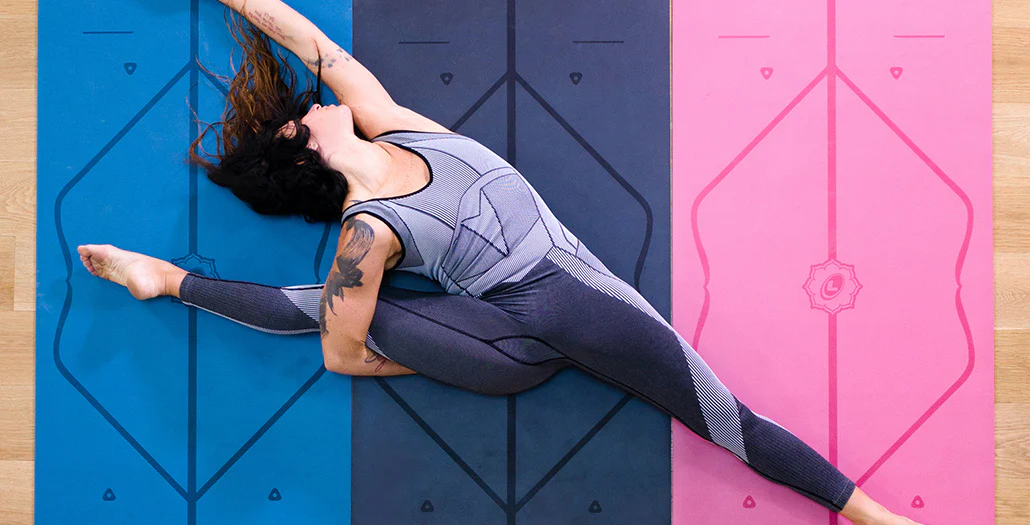Discover 5 simple ways to incorporate exercise into your busy schedule without sacrificing time. Improve your fitness and well-being with these tips!
Stay Active This Winter With These 5 Fitness Tips
Stay active this winter with these 5 fitness tips! From setting specific goals to trying out winter sports, discover how to stay motivated and energized all season long. Don’t let the winter blues hold you back – get moving and stay active!
The Benefits of Outdoor Workouts and How to Get Started
Greetings, Devotees of Dynamic Health! In an adventurous shift of scenery, we depart from the consistency of our well-regulated gym environments to embrace the exhilarating unpredictability of nature’s grand stage. Our compass points us towards the boundless realm of outdoor exercise, investigating its transformative advantages, and guiding you on how to venture into this revitalizing …
Continue reading “The Benefits of Outdoor Workouts and How to Get Started”
Exercise and Immunity: How Physical Activity Boosts Your Defenses – Fitness Science Unveiled
We’ve all felt that post-workout rush, the triumph of pushing our bodies, the thrill of feeling alive and invigorated. But, what if I told you there’s even more to love about breaking a sweat? What if your workouts are not just shaping your muscles, but also boosting your body’s natural defenses? That’s right – we’re …
Exploring Tabata Workouts: What It Is and Who It’s For
Greetings, esteemed comrades of physical prowess! Today, brace yourselves as we embark on a thrilling odyssey into the exhilarating realm of Tabata workouts. Prepare for an electrifying surge of energy as we delve deep into the heart of this phenomenon, promising maximum gains in the most minuscule of timeframes. Secure a towel, for perspiration shall …
Continue reading “Exploring Tabata Workouts: What It Is and Who It’s For”
Essential Yoga Poses for Flexibility and Strength
Invigorating greetings, esteemed Fitness Warriors! Within the expansive realm of fitness and athleticism, our focus often gravitates towards velocity, stamina, and unadulterated might. Nevertheless, there exists a prominent facet that deserves our unwavering attention—namely, the harmonious interplay of flexibility, equilibrium, and the profound cognizance of our corporeal vessels. And that is precisely where the ancient …
Continue reading “Essential Yoga Poses for Flexibility and Strength”
How to Build a Home Strength Training Routine Without Equipment
Looking to stay fit and build strength from the comfort of your own home? Look no further! In this article, we will guide you through the steps on how to create a home strength training routine without the need for any fancy equipment. Whether you’re a beginner or an experienced fitness enthusiast, these simple and …
Continue reading “How to Build a Home Strength Training Routine Without Equipment”








